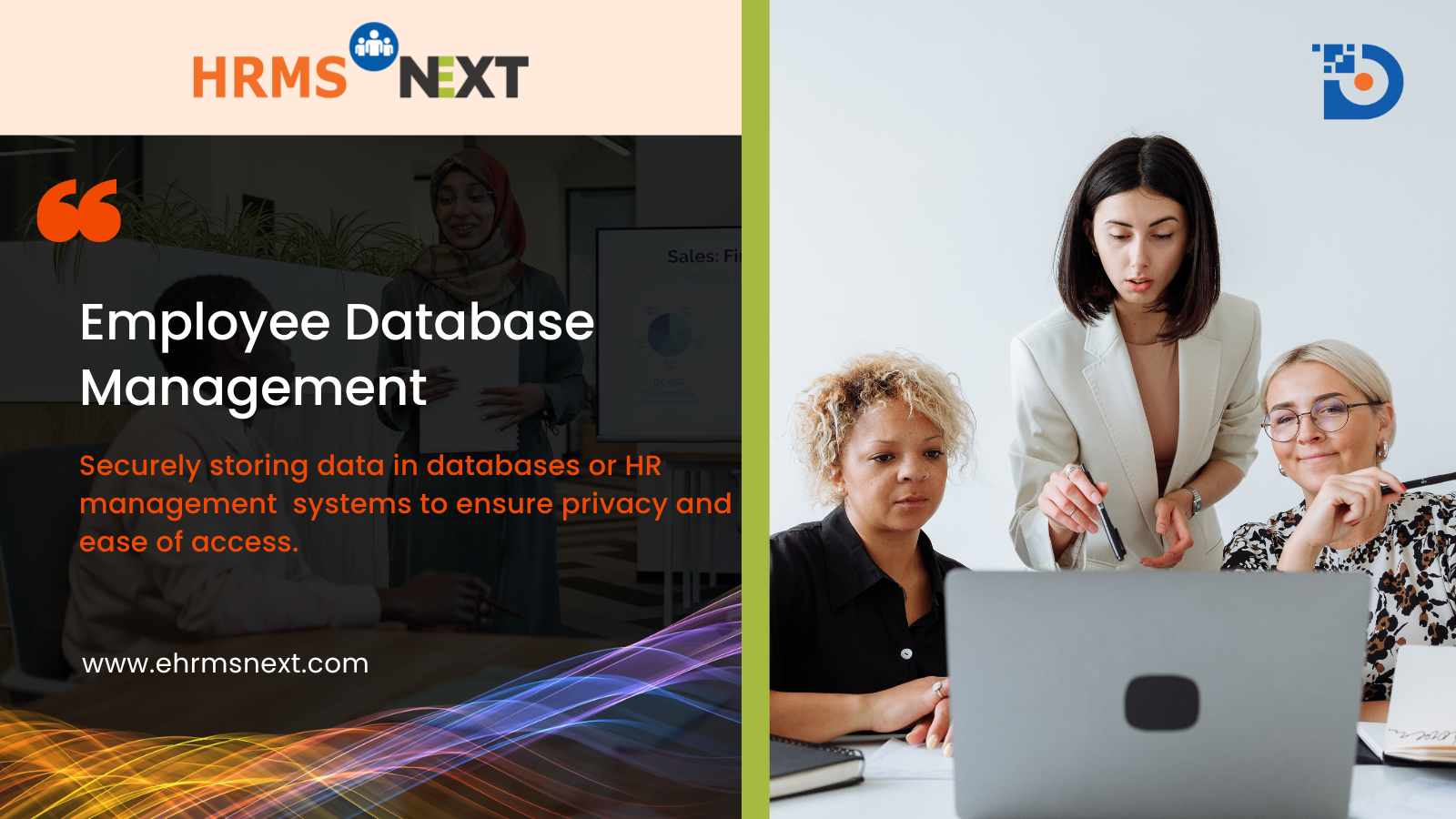Effective Employee Database Management
Employee Data Management (EDM) is a crucial aspect of human resources management that involves organizing and handling the information related to employees efficiently. The objective of EDM is to streamline all aspects of employee information management, from hiring to retirement, ensuring compliance with legal standards, and supporting strategic HR decisions. Here are some key elements and best practices in Employee Data Management:
Key Elements of Employee Data Management
Data Collection: Gathering essential information from employees, including personal details, educational background, job experience, specialized skills n hobbies, family members information, vaccination info and many more.
Data Storage: Securely storing data in databases or HR management systems to ensure privacy and ease of access.
Data Security: Implementing robust security measures to protect sensitive employee data against unauthorized access and data breaches.
Data Accessibility: Ensuring data is easily accessible to authorized personnel for decision-making and routine management tasks.
Data Accuracy: Maintaining the accuracy and timeliness of employee data through regular updates and audits.
Compliance: Ensuring that the storage and processing of employee data comply with relevant laws and regulations, such as GDPR in Europe or HIPAA in the United States for health-related information.
Best Practices in Employee Data Management
Use of Integrated HR Software: Utilize comprehensive HR management software that integrates different aspects of employee data, from payroll to performance assessments, to facilitate easy data management and analysis.
Regular Audits: Conduct regular audits to verify the accuracy of the data and ensure compliance with internal policies and external regulations.
Employee Self-Service Portal (ESS): Provide employees with access to their own data, allowing them to update personal information as necessary, which helps in maintaining data accuracy.
Training and Awareness: Train HR personnel and employees on the importance of data privacy and security, including how to handle sensitive information.
Data Minimization: Only collect and retain data that is necessary for legitimate business purposes, which helps in reducing the risk of data breaches.
Secure Data Disposal: When data is no longer needed, it should be disposed of securely to prevent any unauthorized access.
Technology Upgrades: Keep the technology infrastructure updated to leverage advances in security and data management tools.
Clear Policies and Procedures: Establish and communicate clear policies regarding the collection, use, and sharing of employee data.
Challenges in Employee Data Management:
Data Privacy: Ensuring that sensitive information is kept confidential and is only accessible to authorized personnel.
Regulatory Compliance: Keeping up with varying and evolving regulations across different regions and industries.
Data Integration: Integrating data from various sources and systems can be challenging, especially in large organizations or those with complex structures.
Data Quality: Ensuring the data is accurate, up-to-date, and consistent across all systems.
Properly managing employee data not only helps in compliance and operational efficiency but also enhances employee satisfaction by ensuring their personal information is handled securely and sensitively. If you need further details or specific guidance on setting up or improving an employee data management system, feel free to ask us!
DSS HRMS-Next a one stop solution to cater to all your organizational HR requirements.




